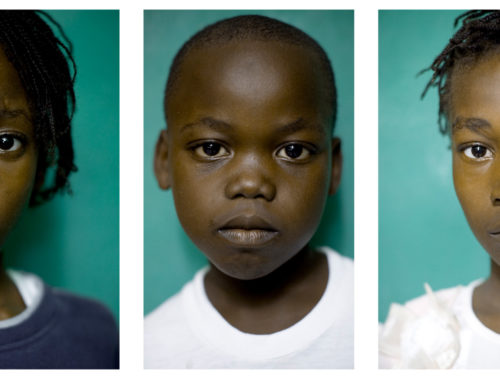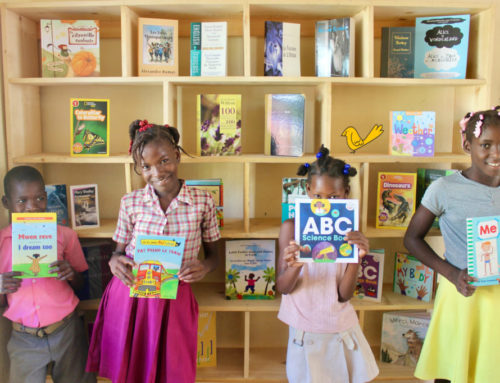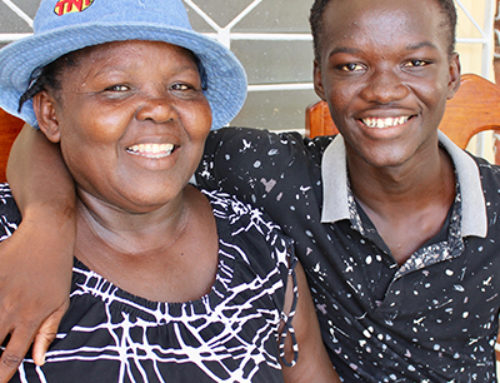Educating children about slavery is a daunting task, to say the least. And yet, it’s incredibly important for us to teach the next generation about slavery’s past and present, in a way that is age appropriate and resonates with their level of comprehension. While some children may be ready to discuss this subject matter very early on, others may not be ready until their teens.
As a parent, guardian, caretaker, or educator, it’s within your discretion to decide if, when, and how ideas relating to slavery are approached. Here are just a few suggestions we’ve developed to help you introduce the issue of modern-day child slavery to the kids in your own life.

For kids ages 3 to 5: Children who are preschool age tend to understand three concepts very well: children, home, and family. Use these topics as your starting point when talking to your littles about any injustice involving other children. Let them know there are children in our country and around the world whose families aren’t able to take care of them and who remain in need of a safe home. Additional details aren’t necessary for this age, so always err on the side of keeping conversation simple and brief.
For kids ages 6 to 8: At this stage, children may be slowly growing aware that slavery occurred in the past, as their classroom might’ve introduced them to Abraham Lincoln and other figures involved in the fight for freedom and abolition. If these ideas are not being shared at school, you’re encouraged to select books relating to slavery to read at home together! In doing so, be sure to select material carefully; rather than focusing on the violence and injustice itself, choose books that highlight victories in bringing an end to slavery and the heroes helping to make this happen. In addition to Abraham Lincoln, search for age appropriate reading on Harriet Tubman, Martin Luther King, Jr., and so on.
For ages 9 to 11: With children of this age, you can consider presenting the idea of human trafficking and exploitation, depending on their maturity level and what you are comfortable talking with them about. Discuss these issues from an angle they’ll understand, using words or phrasing deemed comfortable within your family unit.
For ages 12 to 15: When educating teens about human trafficking, it’s vital to educate yourself first. Search online for an overview of the problems child slaves are experiencing today. Look at the differences between trafficking and exploitation, what slavery looks like in different countries, the ways in which traffickers target vulnerable children (both girls and boys), and what freedom for these children can look like. Teens and pre-teens are capable of comprehending more complex details, so you’re advised to brush up on your own knowledge in order to have the most accurate and impactful conversation.
For ages 16 to 18: When you feel the time is right, older teens can handle the depth of information that younger children are not equipped to understand or are too tender to learn about. How you talk to your high schooler about human trafficking matters, so be sensitive with the language you choose and in the way you present this information.
Despite so much heaviness and heartache swirling around due to human trafficking and other forms of modern-day child slavery, there’s still much hope to be had. Our Restavek Freedom team frequently visits schools, churches and other organizations to talk with students about modern-day slavery and the restavek system, and is always encouraged and inspired by children and teens’ desires to help!
To bring our engaging, interactive exhibit and student learning activities to your school or organization, contact us at [email protected] today!








